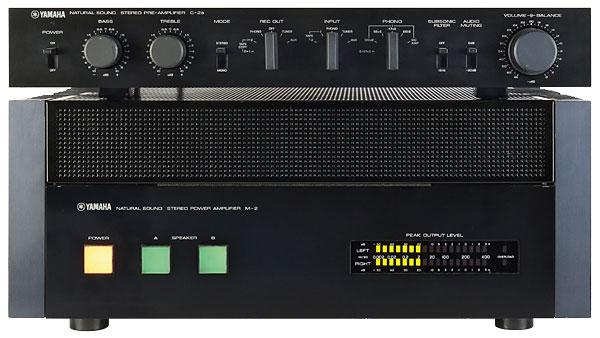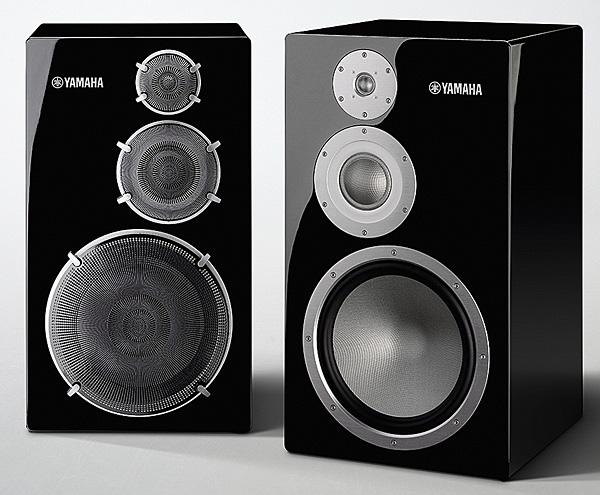Vintage
Sort By: Post DateTitle Publish Date
|
Sep 23, 2022
|
Oct 25, 2022 |
First Published: Jun 01, 1993
|
May 02, 2025 |
First Published: Oct 01, 2024
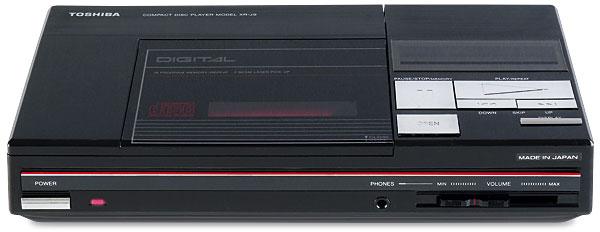
 Compact, clever and priced to entice, this quirky little late-'80s machine caught the imagination of those buying into digital for the first time. How does it shape up today?
Compact, clever and priced to entice, this quirky little late-'80s machine caught the imagination of those buying into digital for the first time. How does it shape up today?
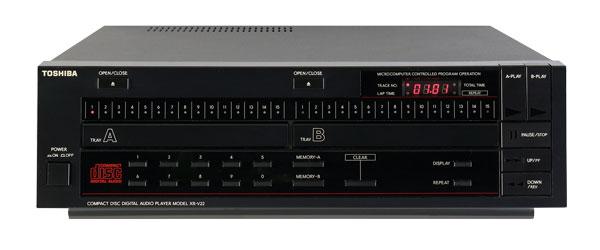


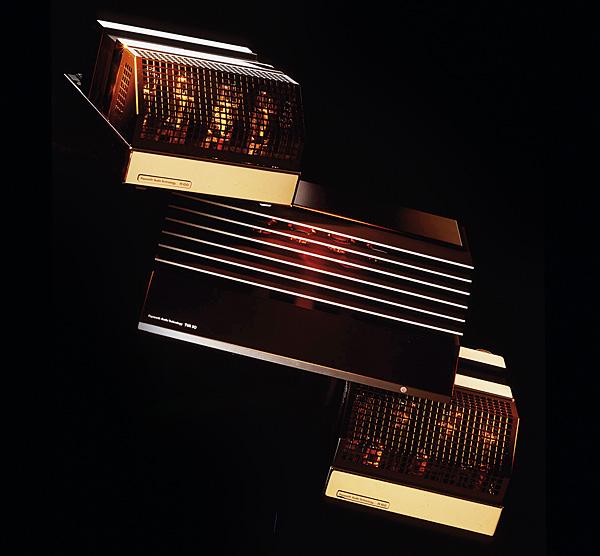
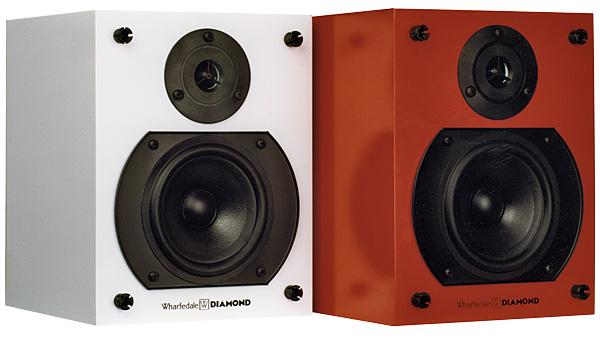

 A child of the Rank Organisation, the Linton can trace its roots back to the Leak Delta 30 and Stereo 30 Plus before it. We travel back to Wharfedale’s (early ’70s) halcyon days
A child of the Rank Organisation, the Linton can trace its roots back to the Leak Delta 30 and Stereo 30 Plus before it. We travel back to Wharfedale’s (early ’70s) halcyon days
